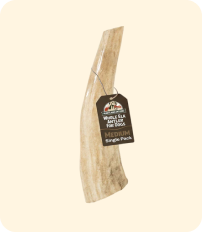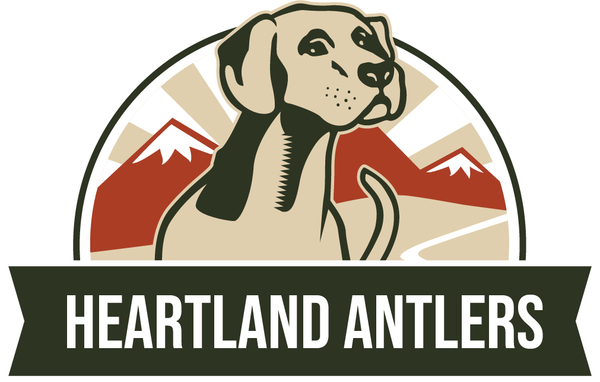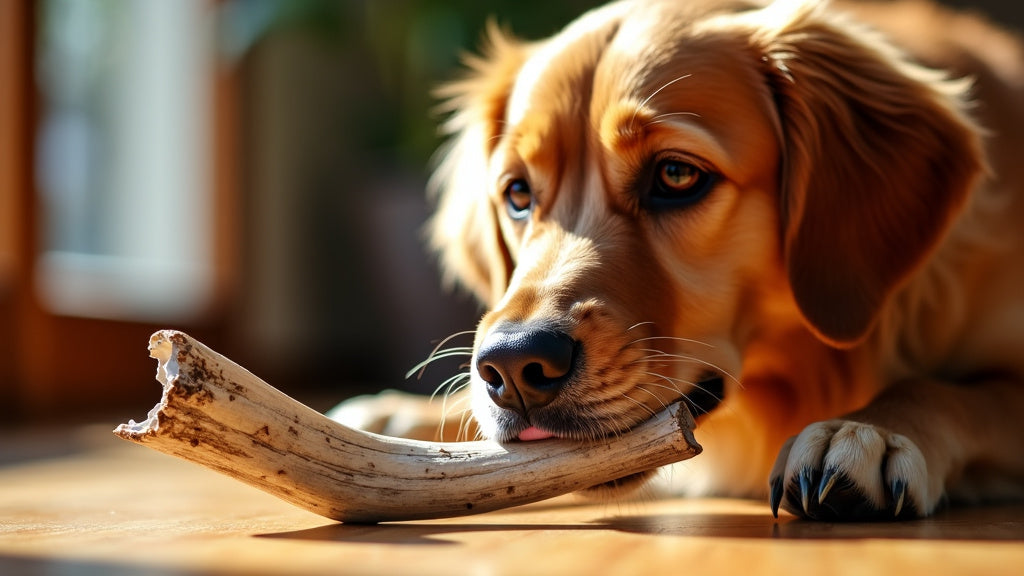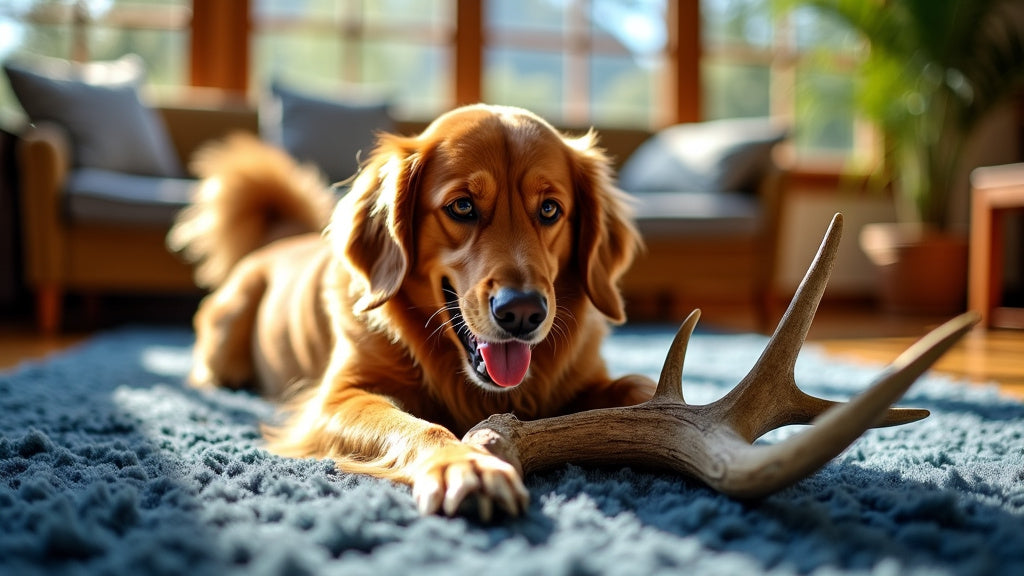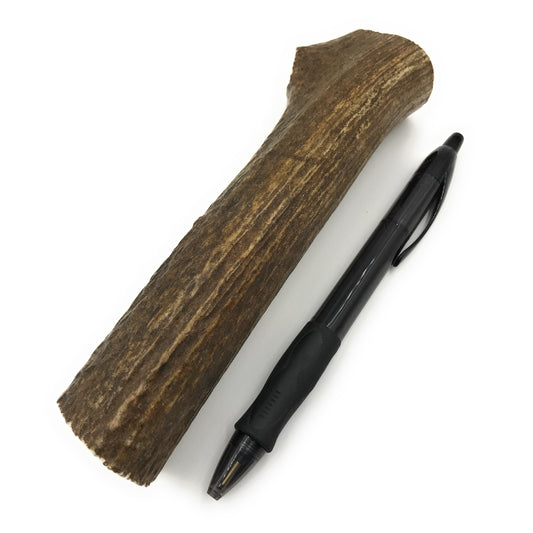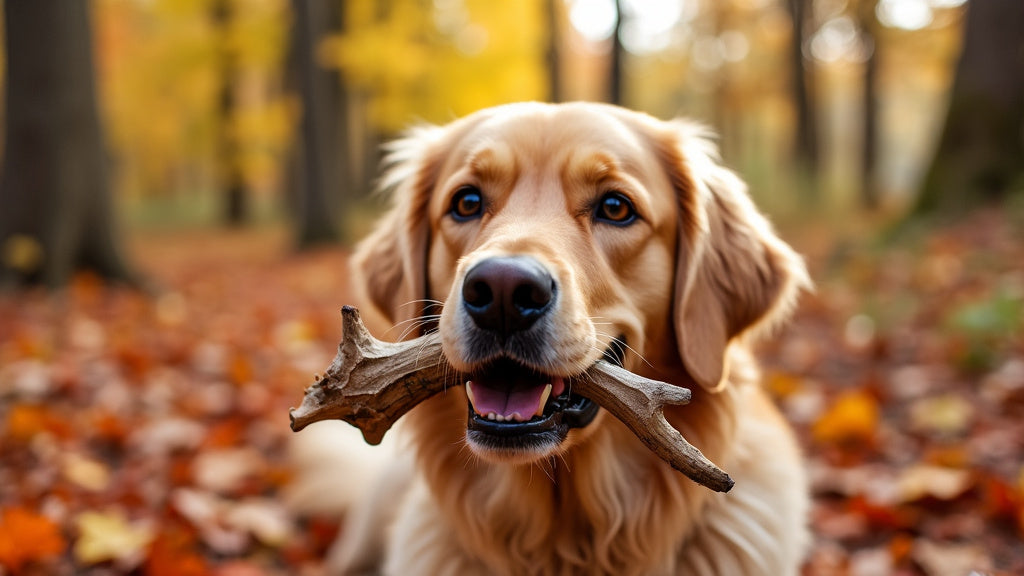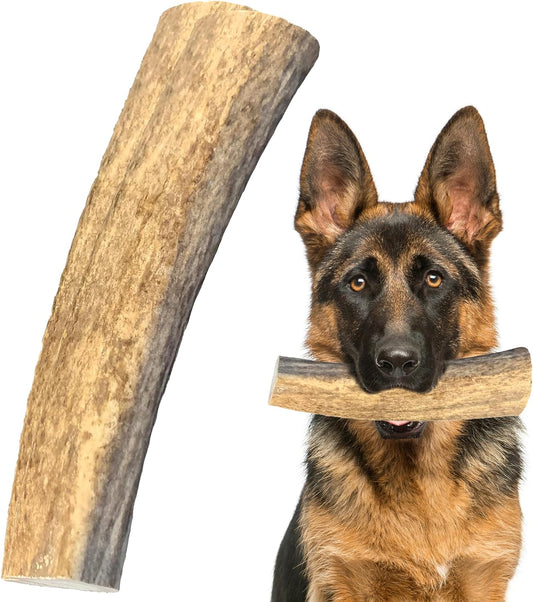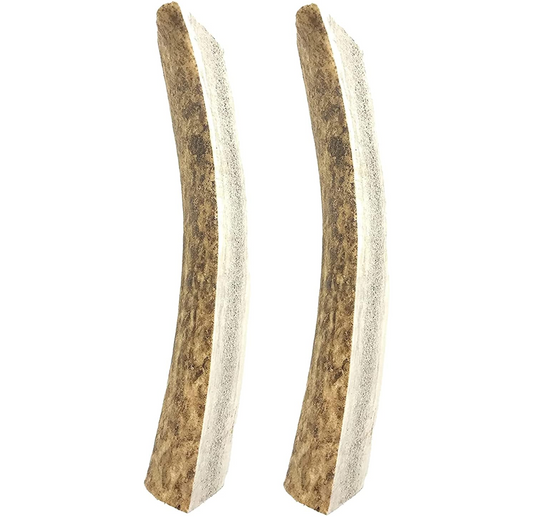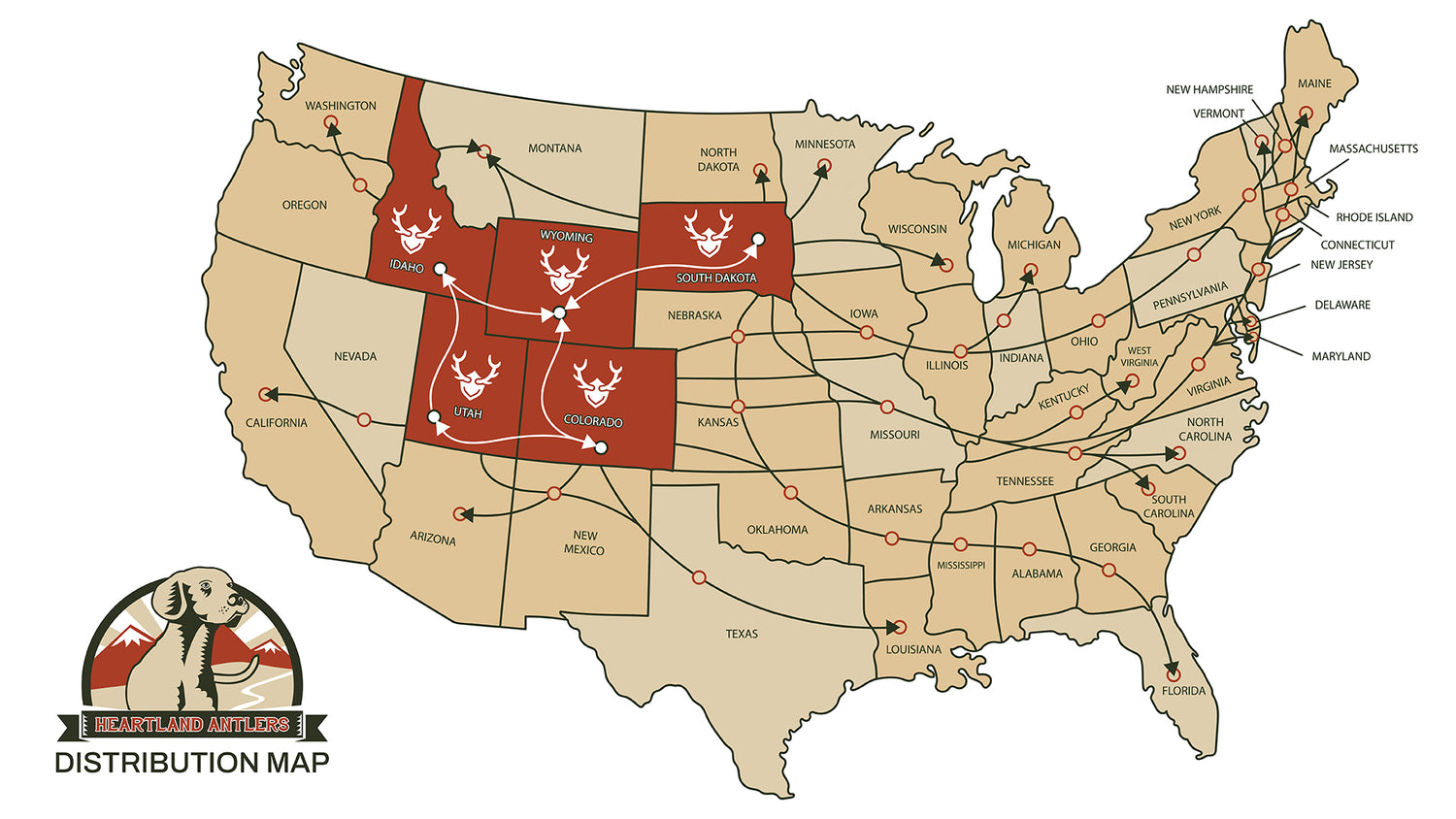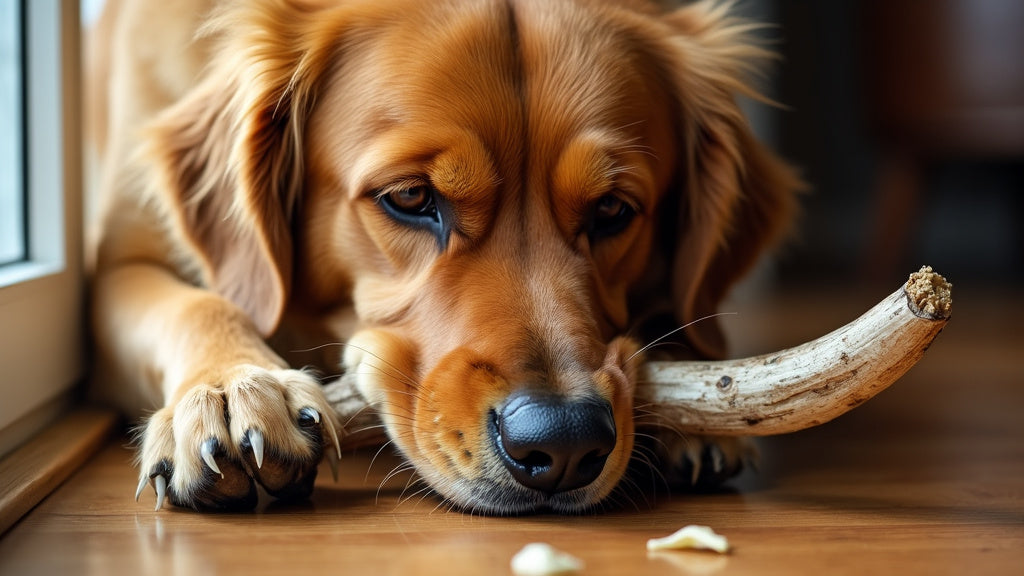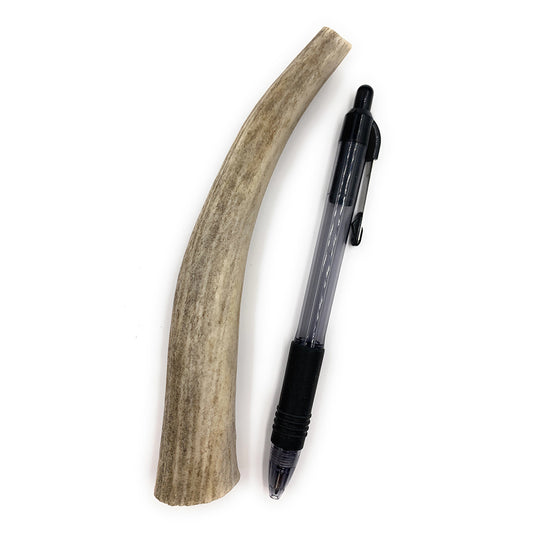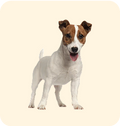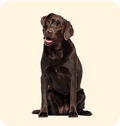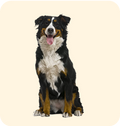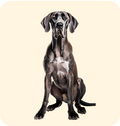Antlers are cool structures found on deer and related animals. But can these impressive growths hurt deer inside their bodies? Let's look at 10 interesting facts about antlers and how they might affect deer health.
| Key Takeaways |
|---|
|
1. Antlers Fall Off and Grow Back Every Year
Antlers are special bone-like structures that deer lose and regrow annually. Chemical messengers control this process, and things like daylight hours affect it too. Antlers are a normal part of a deer's life, and growing them doesn't usually hurt the deer inside. It's amazing how fast antlers can grow - some deer can grow up to an inch of new antler material in just one day during the fastest growth times!
2. Internal Injuries from Antlers in Deer Are Uncommon
While antlers can hurt deer on the outside during fights, they don't often cause injuries inside the deer's body. Most health problems related to antlers in deer come from outside factors or weird growth patterns. Antlers are mostly made of bone, calcium, and phosphorus, which makes them good for what they're meant to do without hurting the deer inside.
3. Endocrine Signals Control Antler Growth
Endocrine signals, especially testosterone, control how antlers grow, harden, and fall off. The amount of daylight changes these signal levels. This doesn't hurt the deer inside. When antlers are growing, they're covered in a fuzzy skin called velvet that gives them blood and food. As testosterone goes up, this velvet dries up and falls off, leaving hard antlers.
4. Injuries Can Make Antlers Grow Strangely
While antlers themselves don't usually cause internal injuries, outside injuries can make antlers grow in weird ways. If the base of the antler or the deer's skull gets hurt, it can make antlers grow in unusual shapes or sizes. People sometimes call these "non-typical" antlers, and they can look really unique. But bad injuries might change how antlers grow forever.
5. The "Opposite Side Effect" in Antler Growth
Interestingly, if a deer gets hurt on one side of its body, it might make the antler on the other side grow weirdly. Scientists think this might help balance the deer's head or make up for weakness on the hurt side. This shows how a deer's overall health is connected to how its antlers grow.
Frequency of Antler Abnormalities in Deer
6. Antlers as Dog Chews: Safety Considerations
While antlers don't usually hurt deer inside, they can be risky for dogs to chew on. It's important to pick the right size and type of antler for your dog to avoid hurting their teeth or stomach. Antlers are hard, which makes them last a long time but also means they could crack a dog's tooth if not used carefully. Always watch your dog when they're chewing an antler and take it away if it gets small enough to swallow whole.
7. Right Sizing and Watching Are Important
When giving antlers to dogs to chew, it's really important to choose the right size and keep an eye on your pet. This helps prevent any inside injuries that could happen from swallowing big pieces or chewing too hard. A good rule is to pick an antler that's a bit bigger than your dog's mouth. This makes it less likely they'll choke and easier for them to hold and chew comfortably. Regularly checking the antler for sharp edges or splitting is also important to keep it safe.
8. Antlers vs. Other Dog Chews: How They Compare
Compared to other things dogs chew, antlers are usually safe and last a long time. They don't splinter like some bones and are less likely to cause inside injuries when used right. But it's always best to ask your vet before giving your dog any new toy to chew. Antlers fall off naturally and have good minerals in them, making them better for the environment and healthier than many fake chews. They also tend to last longer than rawhide or other edible chews, giving dogs something fun to do and helping keep their teeth clean for a long time.
9. Where Antlers for Dog Chews Come From
Heartland Antlers gets its products responsibly, making sure the antlers used for dog chews are naturally shed and prepared properly. This careful sourcing and handling helps make sure dogs don't get hurt inside from chewing them. The antlers are collected after deer, elk, and moose naturally drop them in different parts of North America. They are cleaned thoroughly to remove any dirt or germs, making them safe for dogs to chew. This way of getting antlers also helps wild deer populations without hurting them.
10. Good Things About Antlers as Natural Dog Chews
When used correctly, antlers can be a safe and good chew for dogs. They help clean teeth, keep dogs' minds busy, and last a long time. Because antlers are natural, they're less likely to cause inside injuries compared to some fake chews. Antlers have minerals like calcium and phosphorus, which can be good for your dog's health. Chewing on antlers can also help dogs feel less stressed and anxious, giving them something natural and fun to do for a long time.
Key Points: Antler Injuries and Abnormalities
- Most antler abnormalities are caused by injuries to the base, skull, or growing antler
- The "opposite side effect" can make an antler grow weird on the side opposite a body injury
- Brain infections, found in up to 35% of adult male deer in some areas, can mess up antler growth
- Some diseases can affect testosterone production and antler development
- Antler growth involves a unique process of controlled bone cancer and self-fixing bone weakness
- Genes play a role in antler development, but things in the environment also have a big impact
- Deer can sometimes recover from injuries and grow normal antlers in later years
Conclusion: Antlers and Safety
While antlers don't usually hurt deer inside, it's important to be careful when giving them to dogs to chew. Heartland Antlers sells safe, high-quality antler chews that, when used correctly, give your dog a natural and fun treat without risking inside injuries. The special makeup and structure of antlers make them a great choice for dog owners looking for a tough, long-lasting chew option.
Remember, always watch your dog when giving them any chew toy, including antlers, to keep them safe and prevent any possible inside injuries. With proper care and attention, antlers can be a safe and fun treat for your dog. Regular check-ups with your vet and keeping an eye on how your dog chews will help make sure that antler chews stay a good addition to your pet's routine. By understanding antlers and how to use them properly, you can give your dog a natural, beneficial chewing experience while keeping risks low.

